Photoelectric Sensors
JTECH Srl of Turin is a technical and commercial reference point of DATASENSING for Piedmont.
Photoelectric sensors indicate the presence, absence or variation of the target thanks to the detection of light radiation. They are composed of an emitter element and a receiver which converts the light signal into an electrical signal, which is processed to drive the output stage. There are several detection modes:
Direct diffusion: emitter and receiver are incorporated in the same unit. The presence of a target in the optical field produces the diffuse reflection of the light beam on the receiver and the consequent detection of the object itself. Advantages of this type are easy alignment, moderate detection distances and reflectors not necessary.
Reflector: emitter and receiver are incorporated in the same unit. The light signal emitted by the emitter is reflected by a reflector placed beyond the target and returns to the sensor. The detection takes place by interrupting the beam determined by the presence of an opaque object. Easy alignment and moderate detection distances.
Polarized reflector: variant of the reflective model. It eliminates its main criticality with reflective surfaces of the target. Advantages: moderate detection distances, not influenced by target surface reflections and easy alignment.
Reflective for transparent objects: other variant of the reflective model. It allows the detection of targets with transparent surfaces.
Direct focused reflection: emitter and receiver are incorporated in the same unit. The light beams converge in a point where the sensitivity is at its maximum, while outside the sensitivity decreases. Low background influence beyond target detection distance.
Curtain: emitter and receiver are made in two separate units and are installed facing each other. The detection takes place by interrupting the beam path determined by the presence of the target. Main advantages are long sensing distances and no influence from reflections or highly reflective objects.
Background suppression: emitter and receiver are incorporated in the same unit. The detection system is based on a triangularization principle and is sensitive to the angle of reflection, which decreases in proportion to the distance of the object. The receiver receives reflected light from both nearby and distant objects, distinguishing the target from the background. The background beyond the target's detection distance is irrelevant, as is the color of the object.
In addition to the above modes, there are also Special Function modes, such as contrast reading, luminescence reading and color reading. The DATASENSING Photoelectric Sensors range includes cylindrical sensors from diameter M8 to diameter M18 and rectangular sensors from MINI format to MAXI format, to cover all the needs of industrial applications. In particular, transport lines, packaging lines, ceramic and wood processing machines and automatic warehouses. Customizations are also available according to the particular application needs of customers.
Main typologies:
| Color Sensors | 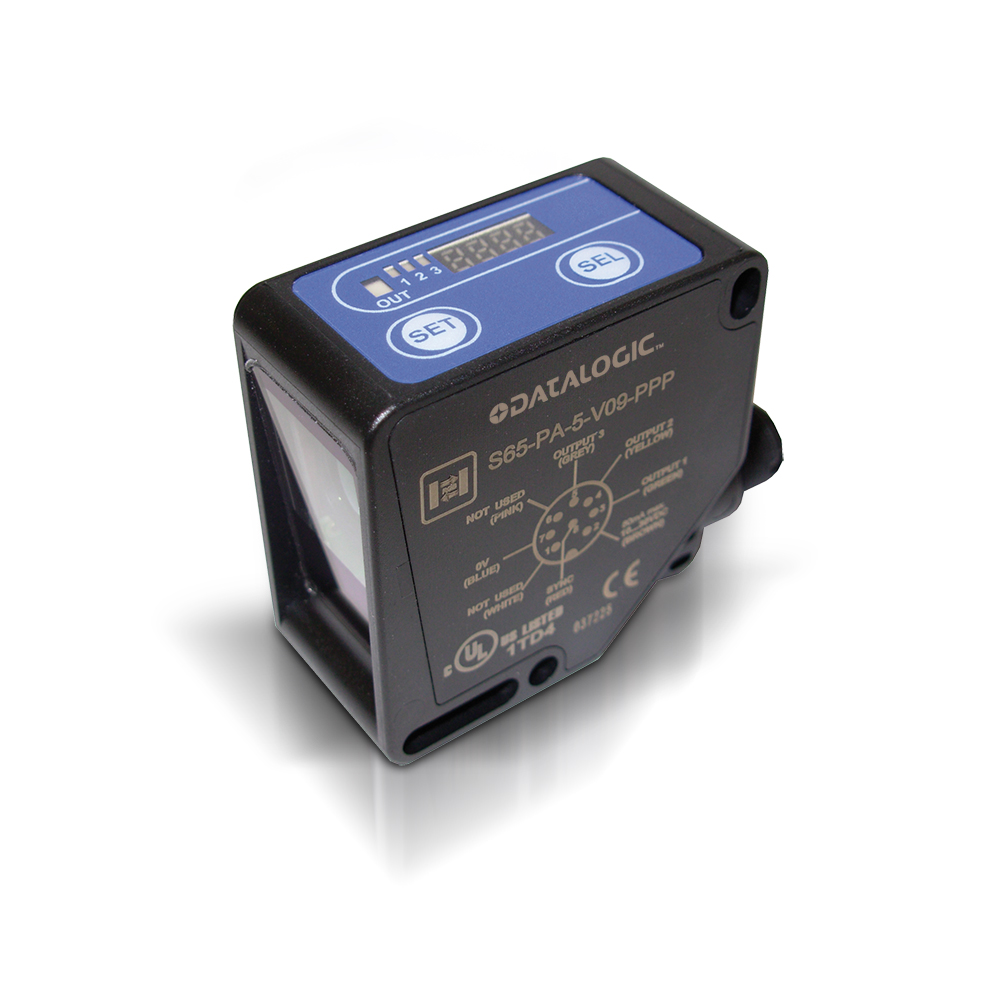 |
Scopri di più... |
| Cubic Sensors | 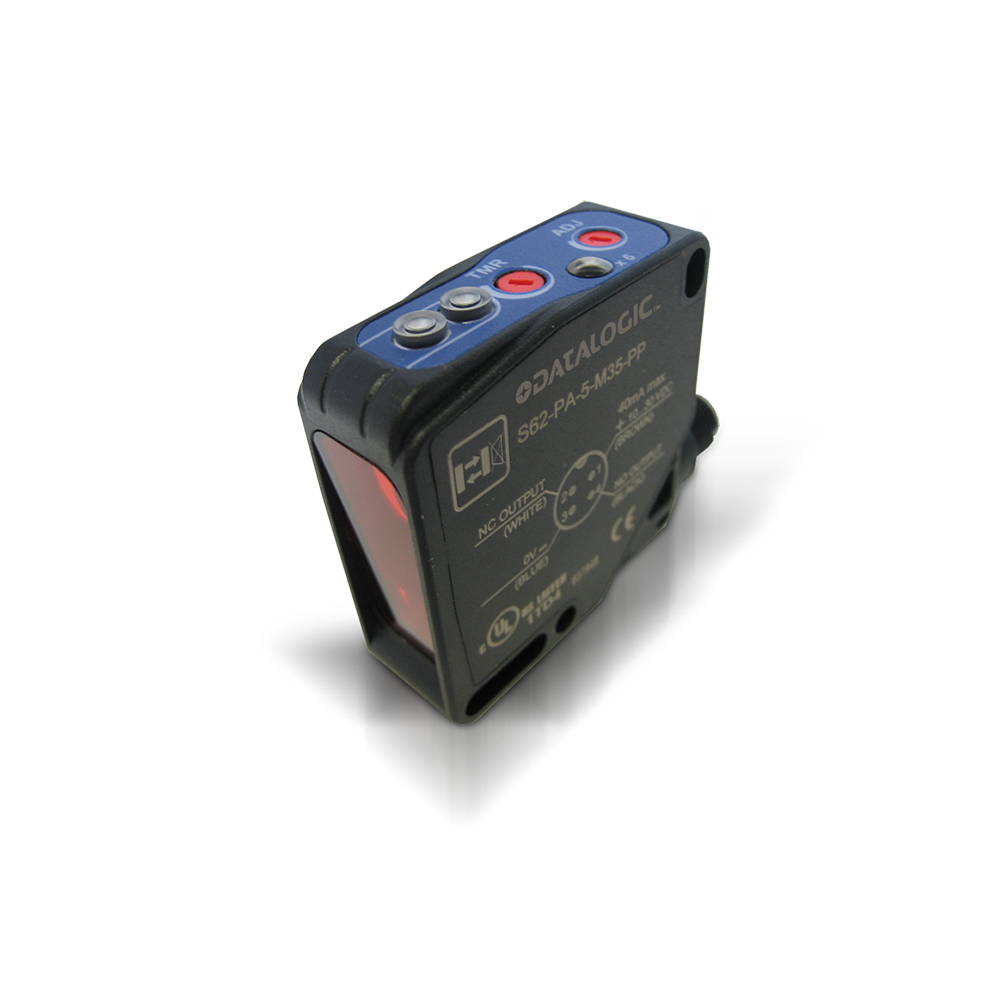 |
Scopri di più... |
| Luminescence Sensors | 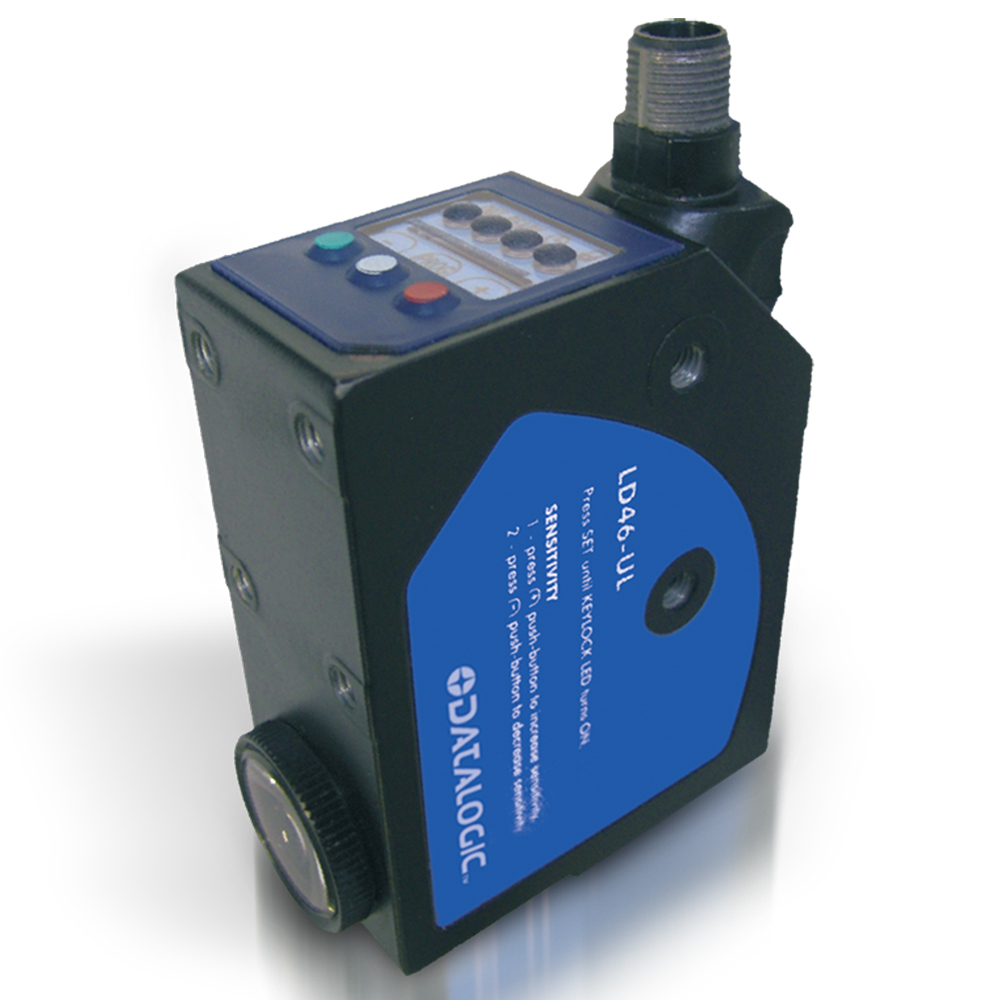 |
Scopri di più... |
| Cylindrical Sensors | 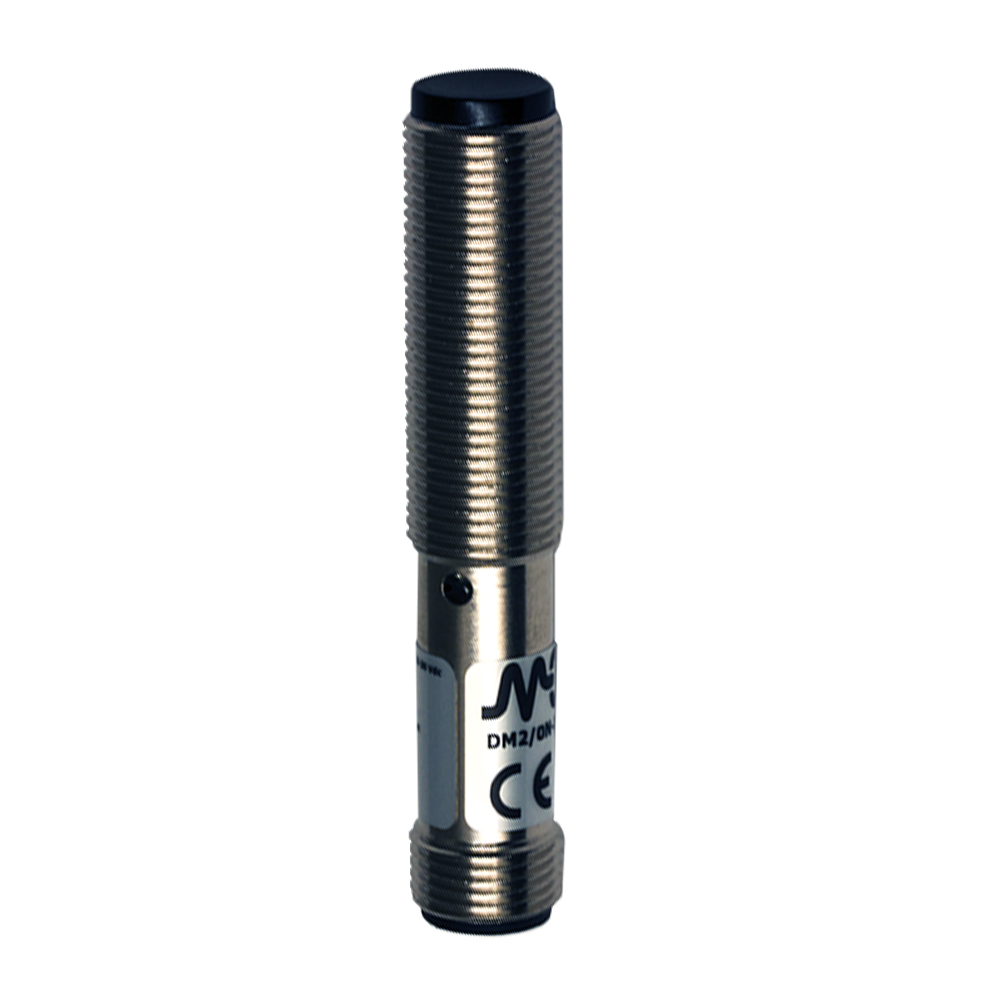 |
Scopri di più... |
| Distance Measurement Sensors | 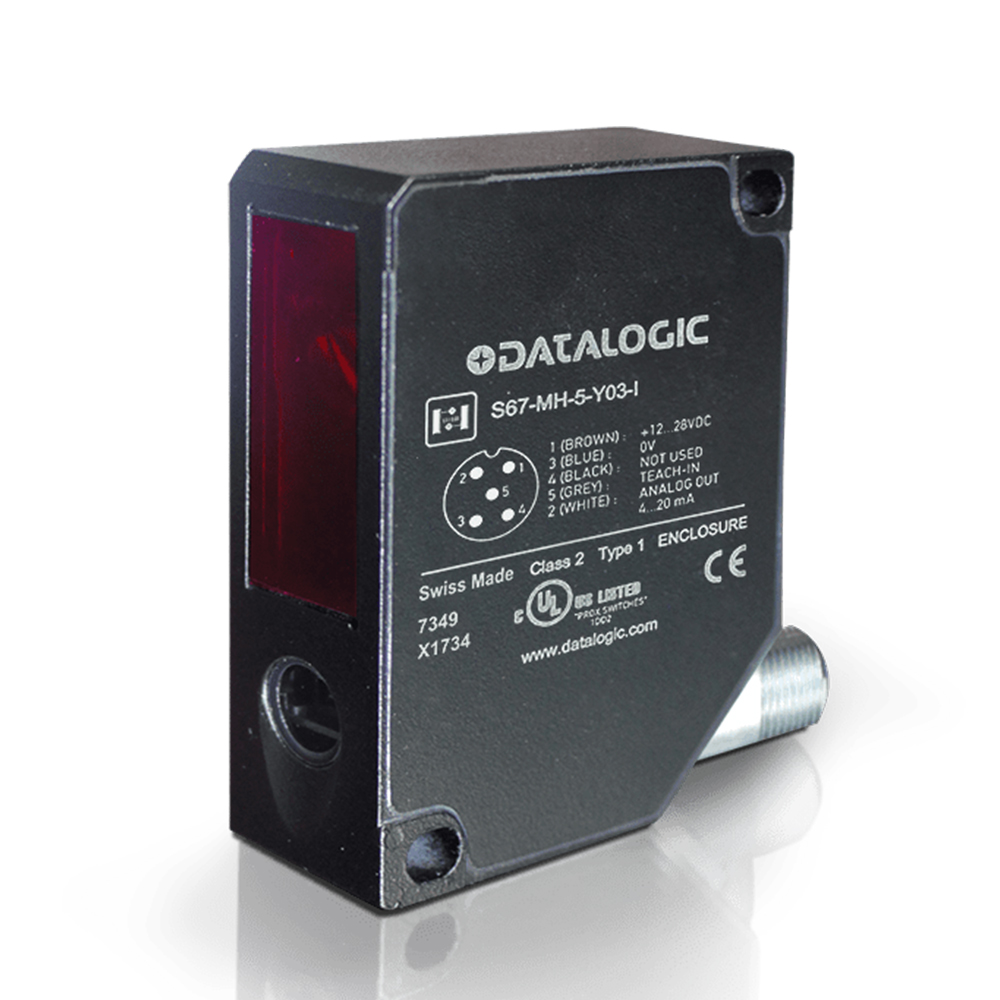 |
Scopri di più... |
| Fiber Optic Amplifiers | 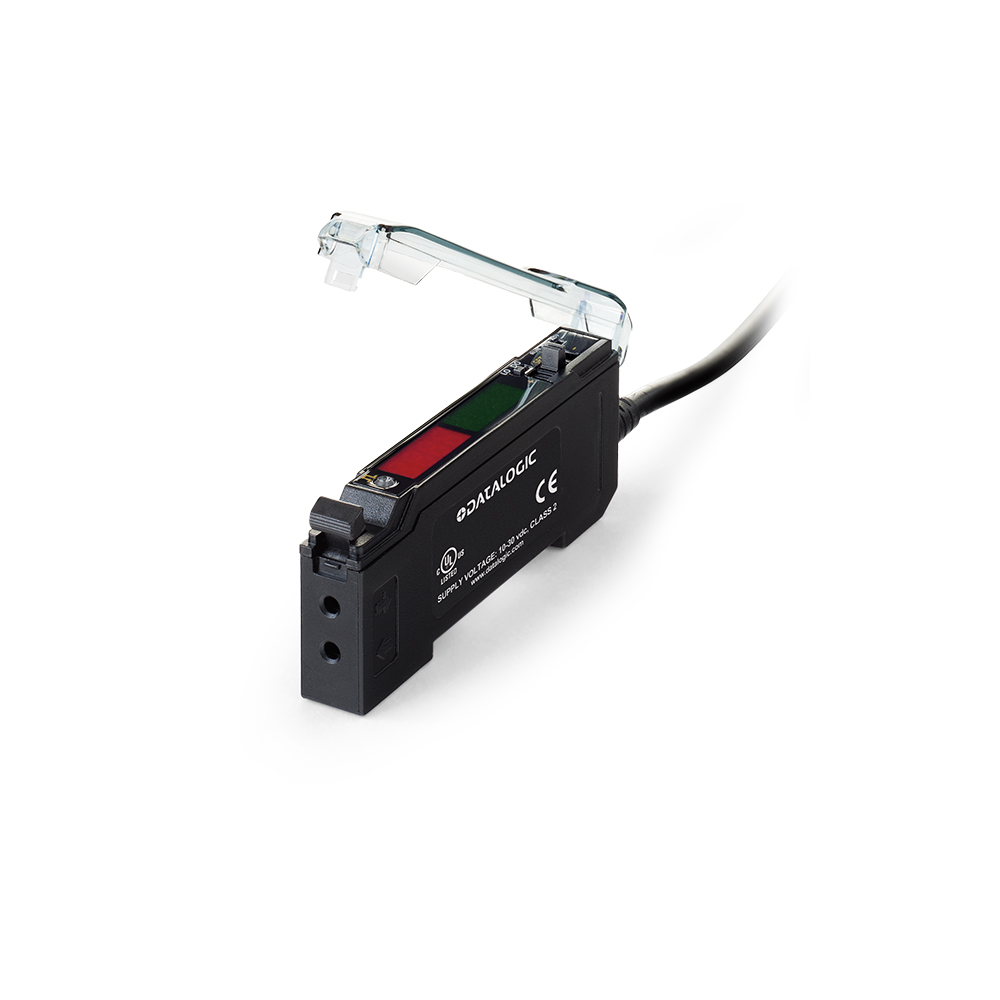 |
Scopri di più... |
| Vision Sensors | 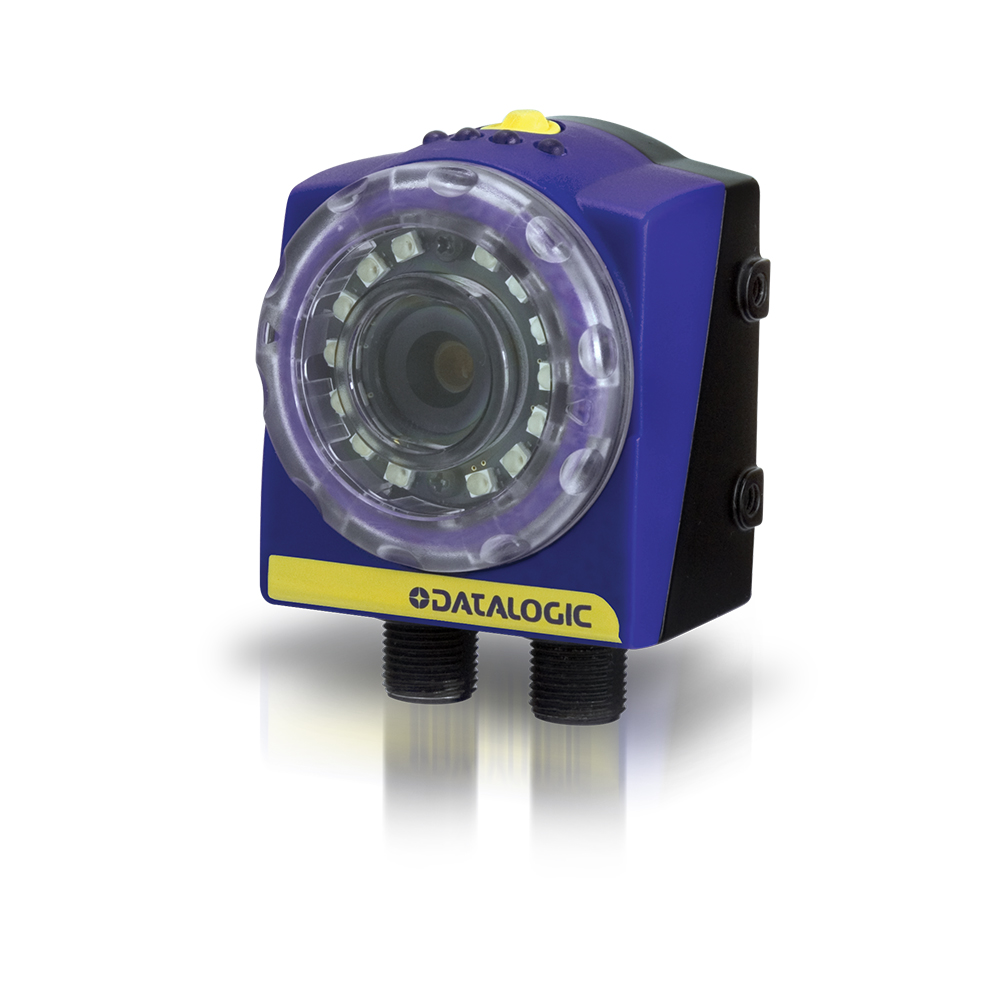 |
Scopri di più... |
| Contrast Sensors | 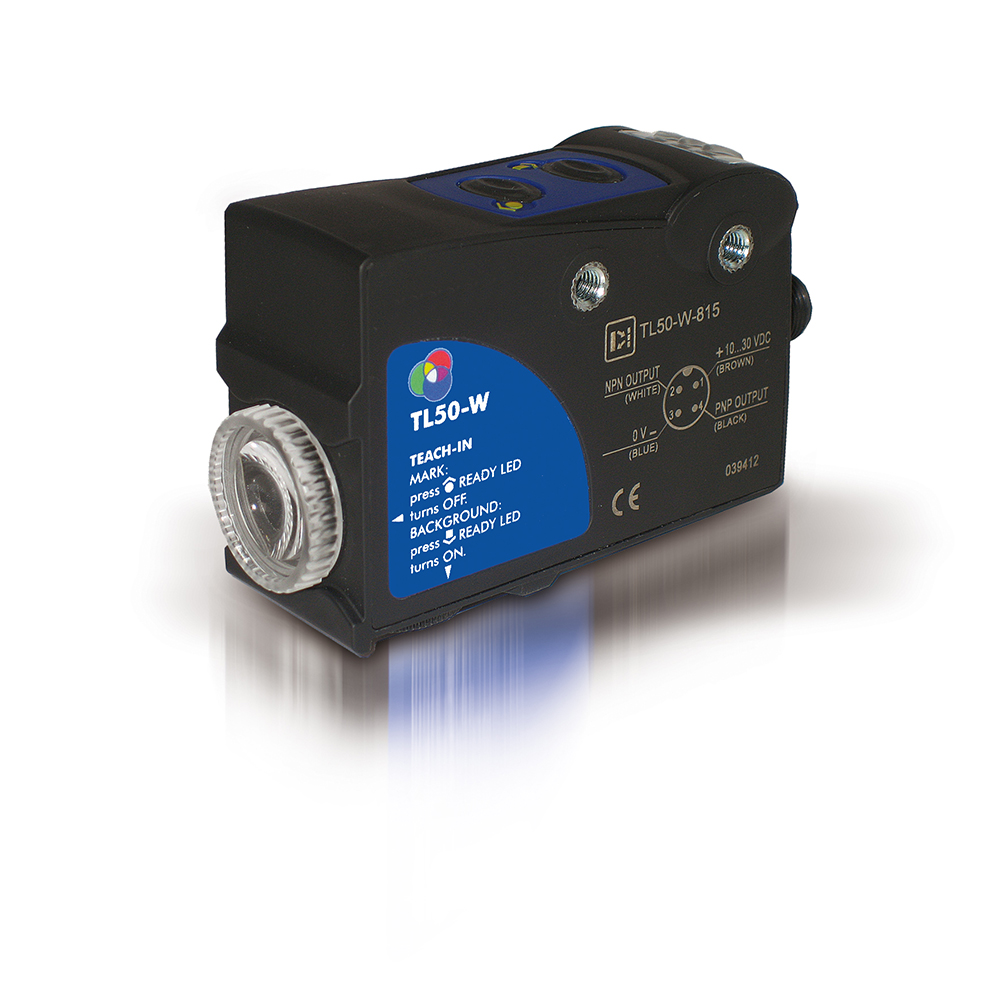 |
Scopri di più... |
| Slot Sensors | 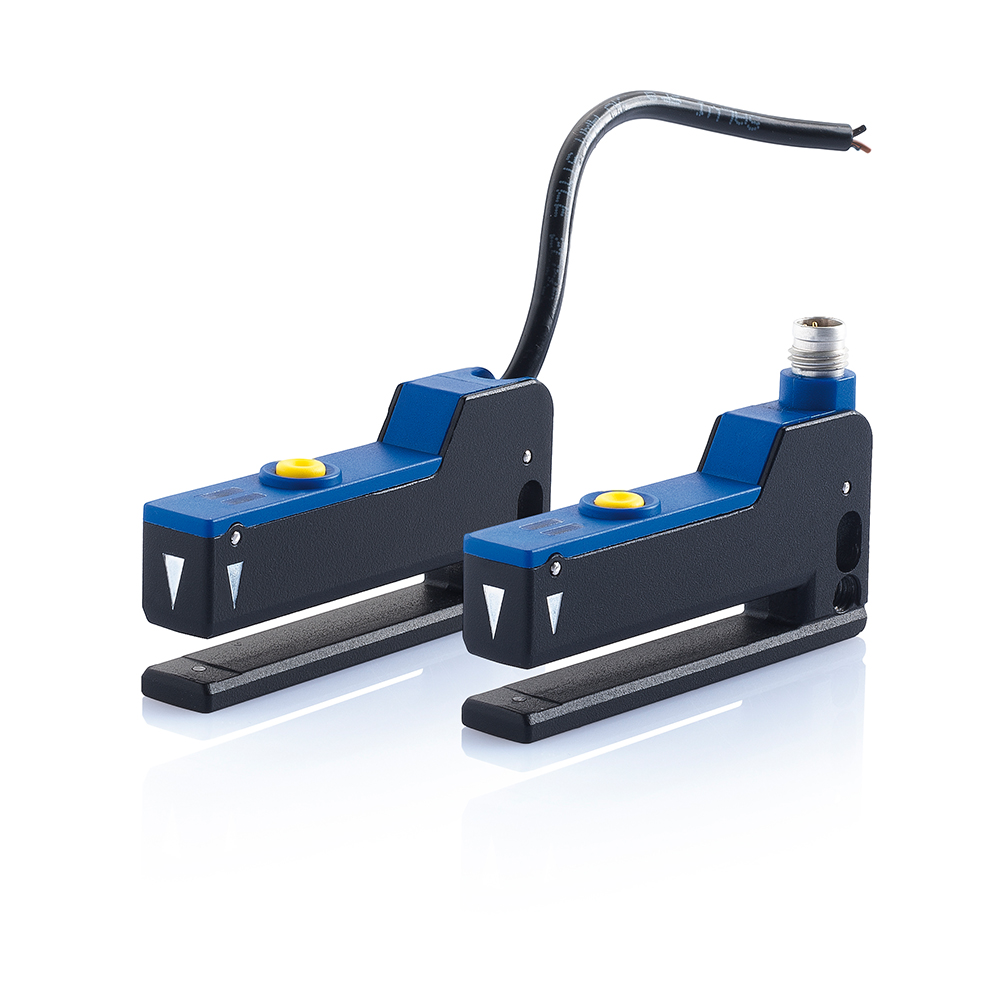 |
Scopri di più... |
